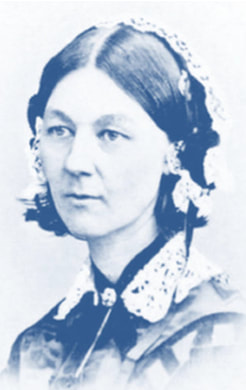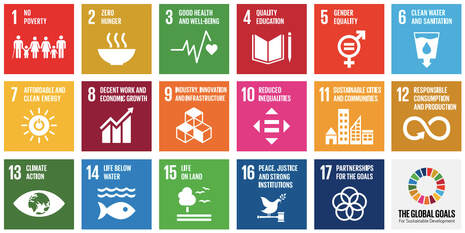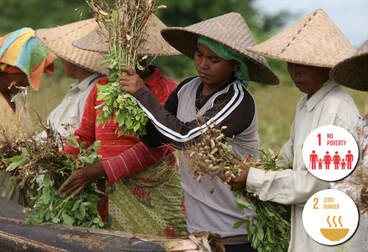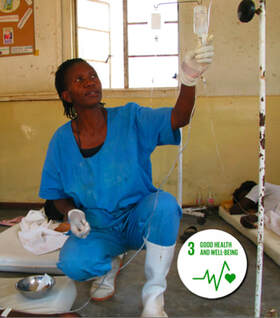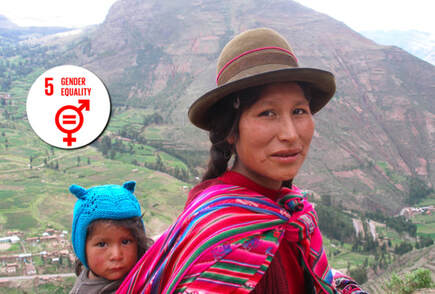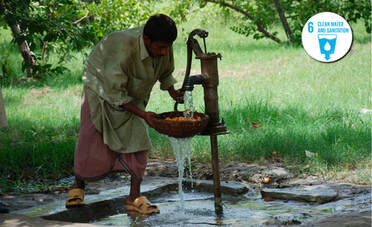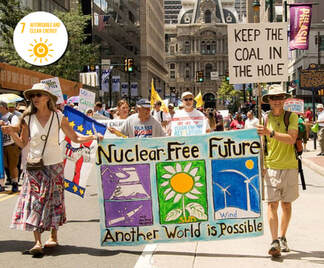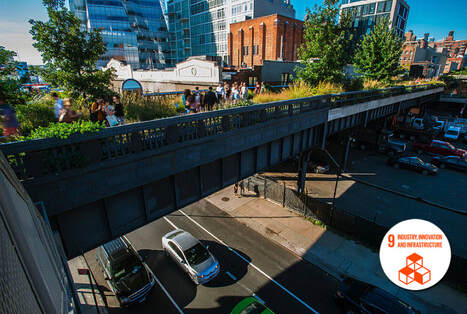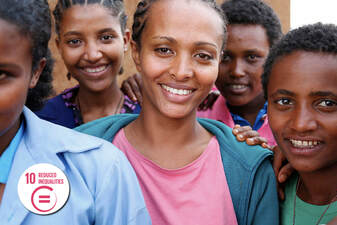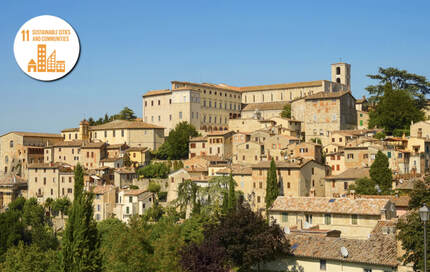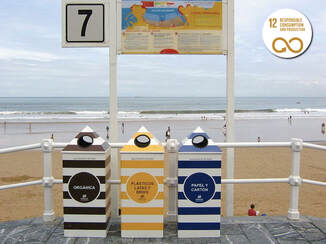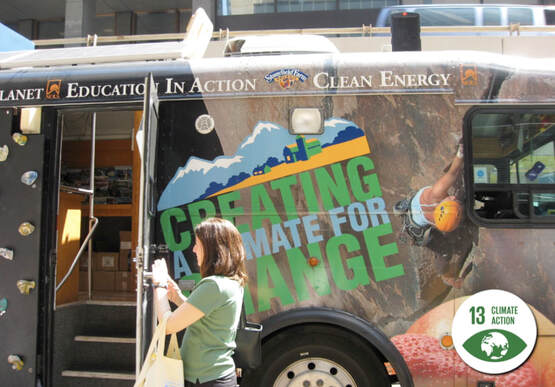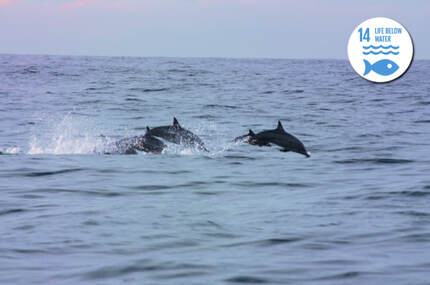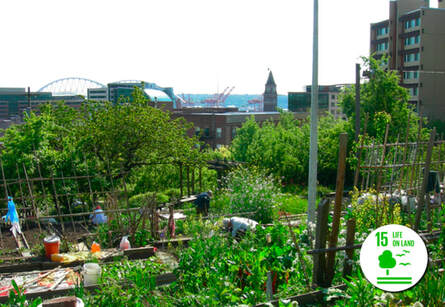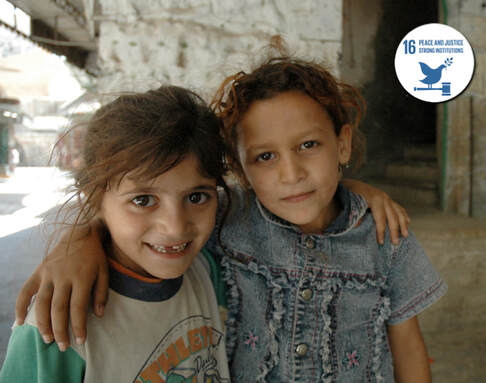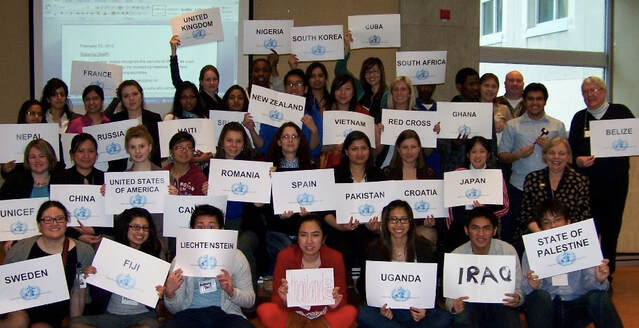|
|
As we connect the dots — our NIGH teams remember the 2020 Bicentenary of Florence Nightingale's birth. Her insights still have fresh relevance to a new vision for achieving a healthy world community — through the 17 UN Global Goals for Sustainable Development (SDGs). In fact, Nightingale's life and work anticipated all these SDGs — all as factors in recovering and maintaining health. Today we would call all these factors social and environmental 'Health Determinants.' See each story below.

